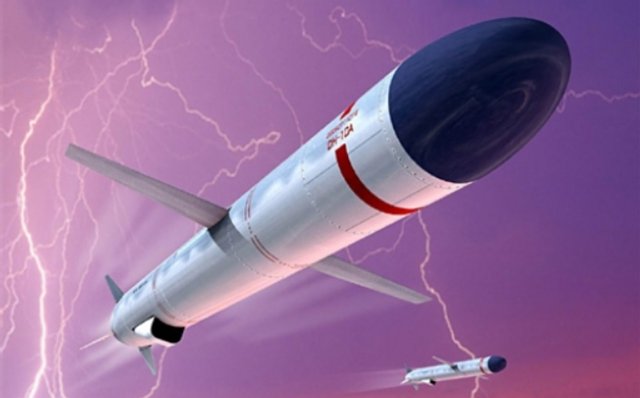Breaking news
China eyes on artificial intelligence and automation for future cruise missiles.
| 2016
| a | |||
|
|
|||
|
World Aviation Defense & Security News - China
|
|||
|
|
|||
|
China eyes artificial intelligence and automation for future cruise missiles
|
|||
|
China's next-generation cruise missiles will be developed based on a modular design, allowing them to be tailor-made for specific combat situations, and will have a high level of artificial intelligence, according to a chinese senior missile designer.
|
|||
|
|
|||
 Artist impression of China's DH-10/CJ-10 cruise missile, which has been tested on the Xian H-6 bomber Artist impression of China's DH-10/CJ-10 cruise missile, which has been tested on the Xian H-6 bomber |
|||
|
|
|||
|
Wang Changqing, director of the General Design Department of the Third Academy of the China Aerospace Science and Industry Corp, told China Daily in an exclusive interview on Thursday that future com-bat will require weapons to be cost-efficient and flexible. Therefore, the modular design will be a good solution, he said.
Wang's department has developed a large family of cruise missiles for the Chinese military. "We plan to adopt a 'plug and play' approach in the development of new cruise missiles, which will enable our military commanders to tailor-make missiles in accordance with combat conditions and their specific requirements, he said on the sidelines of the 2016 Hiwing Forum in Beijing. The forum focused on artificial intelligence and unmanned equipment. "Moreover, our future cruise missiles will have a very high level of artificial intelligence and automation," he said. "They will allow commanders to control them in a real-time manner, or to use a fire-and-forget mode, or even to add more tasks to in-flight missiles." Chinese engineers have researched the use of artificial intelligence in missiles for many years, and they are leading the world in this field, he said. Modular design is not new to the world's missile developers. The European missile developer and manufacturer MBDA displayed its CVW102 Flexis modular missile concept at last year's Paris Air Show. The system will allow missiles to be configured, according to mission requirements. The CVW102 Flexis is designed for an aircraft carrier strike group. Missiles will be selected and assembled with different warheads, engines and guidance devices based on target information, according to a report on advanced missiles published by the Beijing Hiwing Scientific and Technological Information Institute, which researches aerodynamic missiles and unmanned systems. A senior researcher at the institute who requested anonymity said a modular missile system is flexible and multifunctional. This will help manufacturers reduce development and storage costs and will enable a military user, such as an aircraft carrier, to prolong the operational range and duration of a mission. "It is a promising approach in terms of the design of next-generation missiles, but we should also consider its technological complexity and production costs," he said. Wang Ya'nan, editor-in-chief of Aerospace Knowledge magazine, said a modular missile will be capable of changing its destructive capacity, flight mode and range, and so is suitable for striking targets on the ground or at sea. "However, engineers will have to make sure such a missile can be assembled within a very short period of time. Otherwise, the best time to engage the target will be missed," he said. (Source: Zhao Lei/China Daily) |
|||
,



















